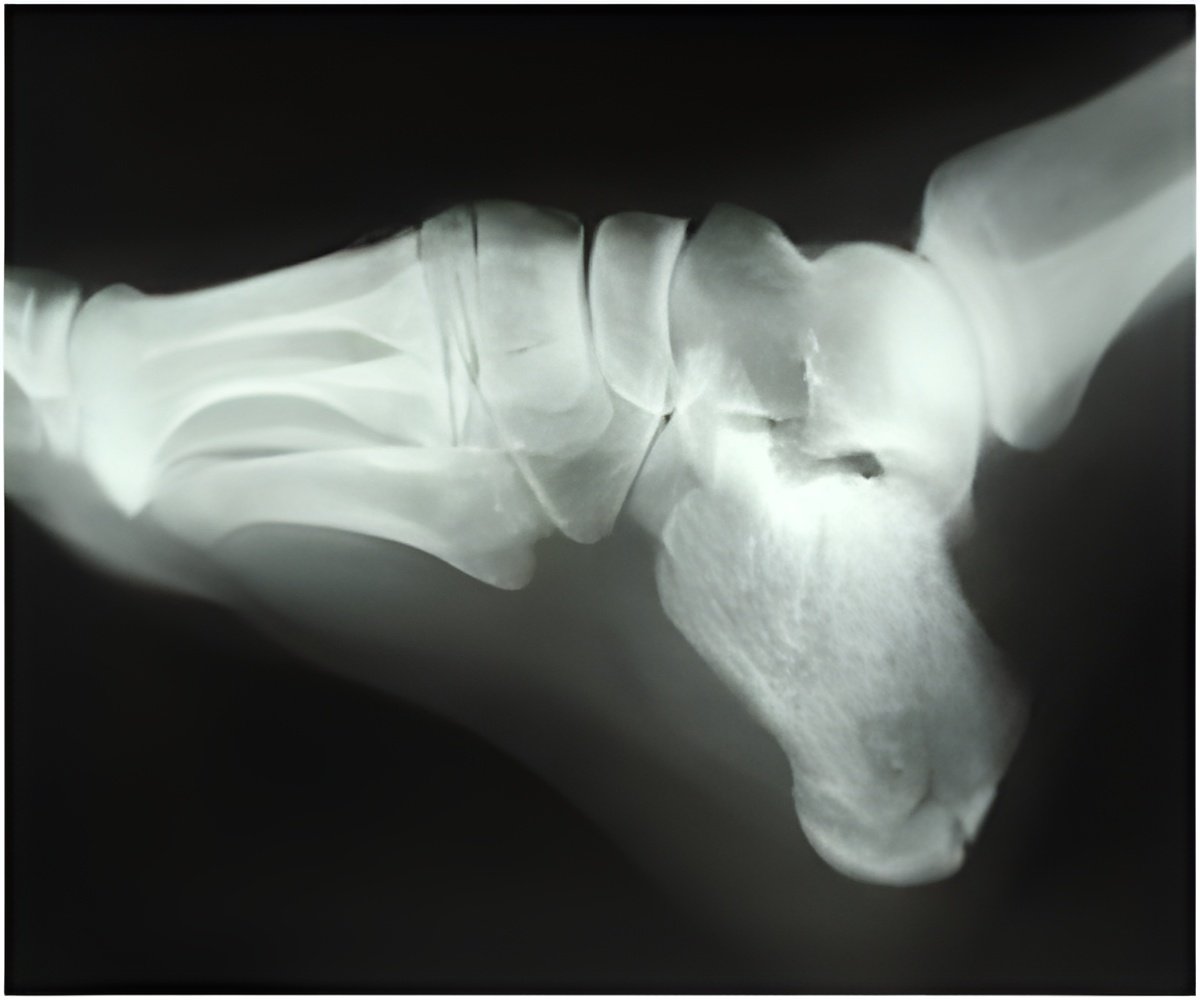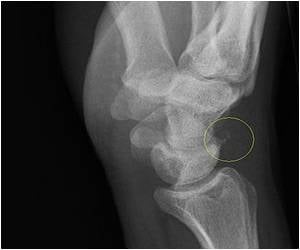Using a high-tech 3D printer, scientists have now constructed a strong yet lightweight material inspired by the human bones

Lead author Jens Bauer, a mechanical engineer at the Karlsruhe Institute of Technology, said that it's a long-standing aim in engineering to create new materials that are even lighter and stronger, but there's some limit that can be reached with standard materials.
Industrial materials such as steel are often solid and thus very dense and heavy.
Even though experts have managed to make artificial 'cellular' materials like aluminum foam, which is full of air pockets and thus much lighter than a solid hunk of metal, there's a trade-off - the porous metal is much weaker than solid metal would be. It's not easy to engineer strong materials less dense than water (which is about 1,000 kilograms per cubic meter).
The researchers used a 3D printer to build very tiny microstructures out of a ceramic polymer composite, and made several different designs, from cubic grids with diagonal supports to hexagonal honeycomb-like structures.
The research has been published in the Proceedings of the National Academy of Sciences.
Advertisement










